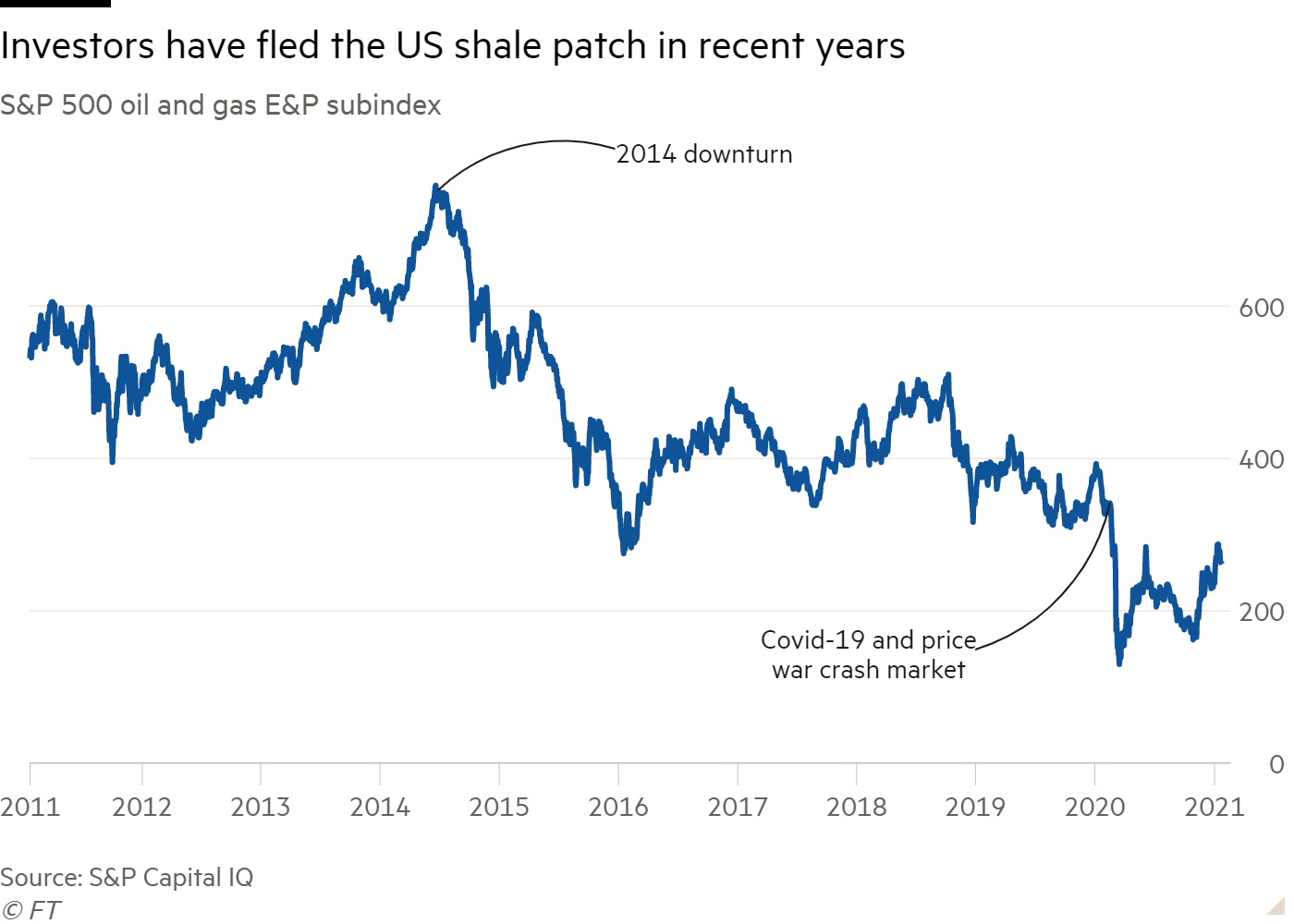Decarbon Daily - Decarbonization Themes Part 5
Inside this issue
Take a look at the previous posts on decarbonization themes to see who and what could win in ESG and decarbonization.
Decarbonization Themes, Part 5
There are several emerging themes for decarbonization across industries. Here are the top 5 themes I will be covering in detail.
1. Electrification driving rare earth mineral demand
2. Natural gas becoming energy transition fuel
3. Emission reduction and avoidance comes in all shapes and sizes
4. Investors pushing towards climate + energy technology need scale
5. Global oil demand recovers to pre-pandemic levels in 2022, but slower growth thereafter
Oil Demand Returns to Pre-pandemic Levels in 2022
Global oil production peaked in Q4 of 2018 and consumption peaked in Q3 of 2019, based on the EIA oil production and consumption data.
During 2021, production impacts due to mulitple hurricanes hitting the US Gulf Coast along with OPEC+ production decisions have supported Brent and WTI prices. As of the end of September, Brent is approaching $80/bbl and WTI is near $75/bbl.

As the world recovered from the pandemic, global oil consumption gradually returned. Industries and countries continue to slowly recover as oil consumption is expected to increase by 5% in 2021. The EIA forecasts about a 3% increase in 2022, reaching 102 million barrels per day. Beyond 2022, energy market research firms differ on the oil consumption forecasts with some peaking as early as 2027 while others peak near 2040.
For energy producers, the Covid-19 crisis emphasized the essential work of providing energy security and energy reliability while balancing investor and consumer confidence to address climate change.
Did Capital Leave O&G Permanently?
Oil & Gas company investors have steadily declined since 2014. Volatility in 2016 and 2019 pushed away investors because the cycles appeared to be fast and severe each time. The lack of shareholder returns and the continued capital requirements in US shale steered more investors away in 2019 and 2020.

Fast forward to today, bullish energy investors now see a commodity super-cycle emerging for oil, natural gas, and rare earth minerals. The lack of investment and recovering global demand for oil and other commodities is driving prices to 3-yr and all-time highs. Today, WTI is at a 3-year high price, natural gas spot prices are near a six year high at $5.50 per million Btu.
It is still likely that traditional investors will shy away from these capital intensive businesses with volitle commodity cycles in the near term. However, energy industry investors recovering from previous cycles are now preparing to invest in the next cycle. The risk and volitily is spread across the broader energy industry, including oil & gas, renewables, carbon capture, and hydrogen. Each investment comes with expensive price tags and numerous risks. Energy production is expensive due to the scale of operations, reliability requirements, and global demand for various industrial and consumer products.
To deliver these dramatic rates of growth [in low-carbon technologies], enormous capital investment is needed. According to McKinsey’s 1.5-degree-pathway scenario, over the next decade $750 billion is needed to flow to CCUS, $200 billion to EV infrastructure, and $700 billion to hydrogen-production capacity. Renewable power is another magnitude larger; capital expenditures of $8.5 trillion are required to build the solar and on- and offshore wind capacity required from 2020 to 2030. Source: McKinsey
A Practical View? 'All of the Above' Strategy
To maintain quality of life standards in developed countries, there will be demand for low cost energy, specifically oil and gas, for decades to come. In developing countries, there is a tremendous opportunity for low-carbon technologies paired with low cost energy alternatives.
Emission reduction technology must continue to improve to avoid, offset, and remove CO2 emissions. Pairing proven resource supply and low cost energy with renewable power and carbon capture provides a path to negative emissions. The proven resource supply is dependent on your country's or location's natural resources above and below the surface.
An All of the Above strategy is the economical choice to balance the investment that is required in low-carbon technology, economies of scale of existing infrastructure, and the energy cost to the consumer.
Inside this Issue
🛢 OPEC September Oil Output Rises on Nigerian Rebound, OPEC+ Boost
📈 $80 Oil is Sending the Market Toward Demand Destruction, Morgan Stanley Says
🎥 Westwood Webinars – Focus on Offshore Wind, with Subsea UK
💨 Biden Renewables Plan May Hit Floating Tech Troubles
Articles in this issue